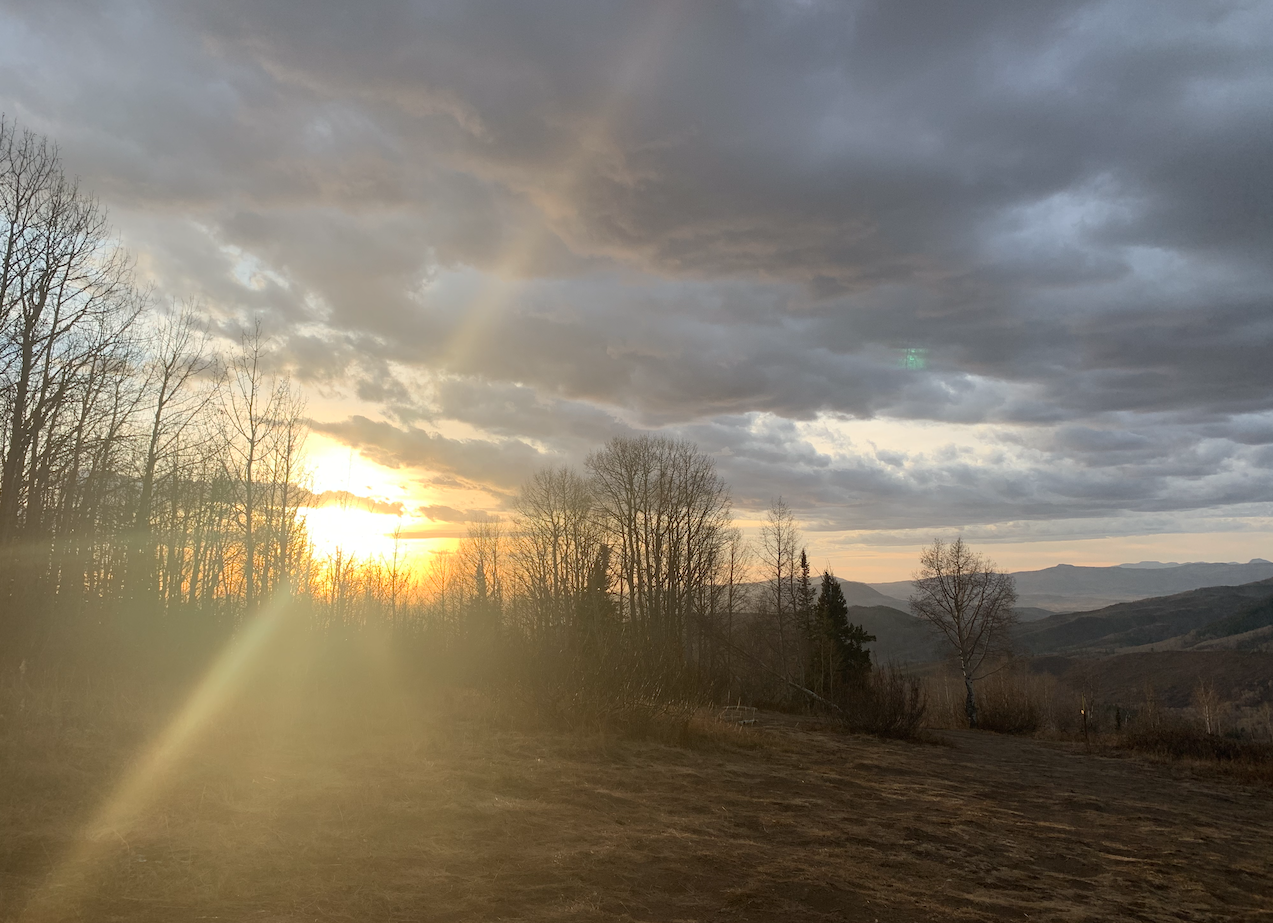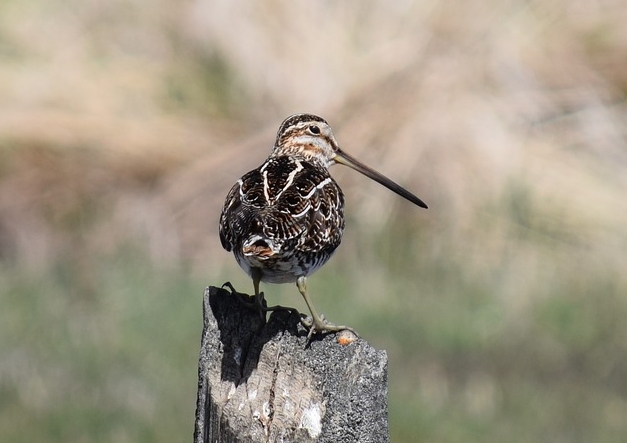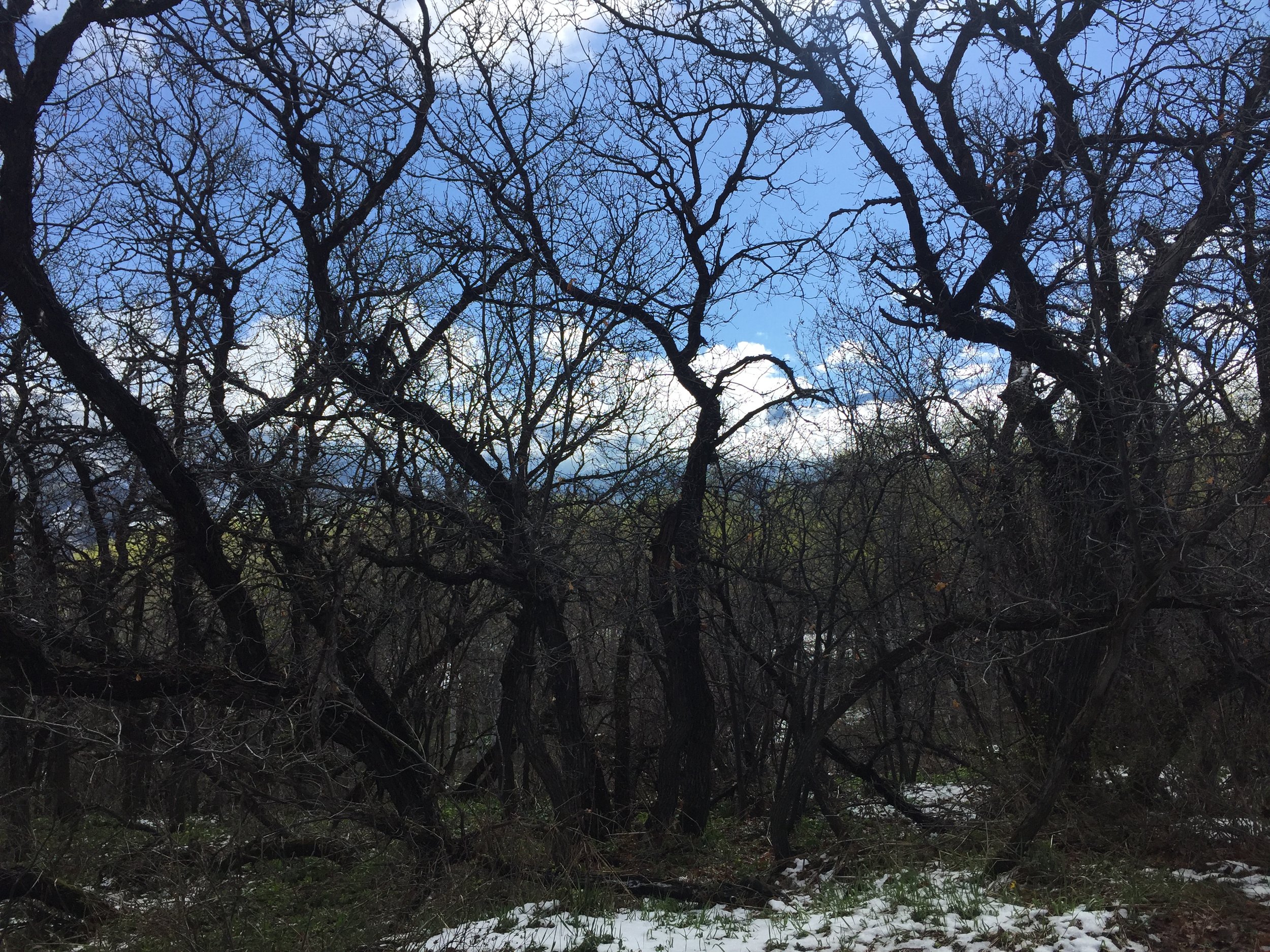Want to get that ketchup out of its bottle, survive a plunge into quicksand, or make some really cool slime?
Then it's helpful to understand non-Newtonian fluids. Which means first understanding what Newtonian fluids are.
Sir Isaac Newton (1642-1727) was one of the greats when it comes to science. Classical mechanics, laws of motion, gravity, calculus, reflecting telescopes… Newton discovered and defined a lot.
He also observed fluids and found that when fluids are heated, they’re easier to pour (aka, less viscous), and that when they’re cooled, they’re harder to pour (aka, more viscous). Most fluids – water, oil, alcohol – follow this trend. Their viscosity is impacted by temperature.
But for some fluids, viscosity is impacted by other factors besides temperature, such as squeezing and stirring. Those are non-Newtonian fluids.
Ketchup, for example, gets thinner or less viscous when stress is applied. That’s why if it’s stuck in a bottle, you hit the bottle to get it moving. Eventually, after you’ve shaken it up, it will return to its more viscose state.
Quicksand is another example, but of a different nature: it gets thicker or more viscous when stress is applied. Struggle in quicksand and it strengthens its hold on you, making escape more difficult. But if you find yourself in quicksand and relax, your body (which is less dense) will float.
If you want to experience the properties of quicksand without any danger of being trapped, mix up some cornstarch and water. It looks like a liquid, but when you squeeze it, it turns to solid. Stop squeezing (remove the stress), and it becomes a liquid again. Another example is silly putty: hit it with a hammer, and the hammer bounces off, but push it slowly and you can flatten it with your hands.
You can also play around with non-Newtonian fluids by making slime. Start with glue, a polymer (which is made of very long chains of repeating molecules), then add borax. The protein molecules in the glue and the borate ions cross-link, preventing the long chains of glue from sliding past each other.
Playing with slime, you can observe its liquid properties (it stretches easily and will drip off the counter), and its more solid-like properties when stress is applied (pull it hard, and a piece will snap in two).
Observe long enough, and you just might feel a bit like Newton himself.
__________
Portrait of Newton by Godfrey Kneller | This story references information from "The Science of Slime" at www.acs.org

















